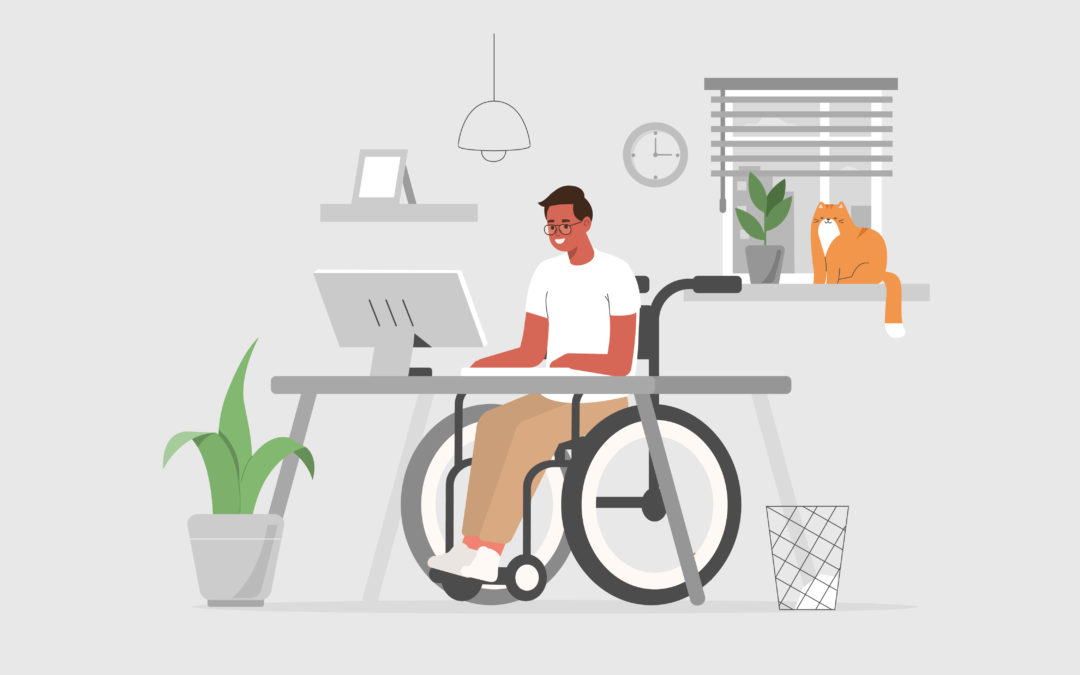Question: What is a disability?
Answer: In HR, the definition of disability comes from the Americans with Disabilities Act (ADA). According to the ADA, an individual with a disability is a person who:
- Has a physical or mental impairment that substantially limits one or more major life activities;
- Has a record of such an impairment; or
- Is regarded as having such an impairment.
Major life activities include caring for oneself, performing manual tasks, seeing, hearing, eating, sleeping, walking, standing, lifting, bending, speaking, breathing, learning, reading, concentrating, thinking, communicating, and working.
The ADA prohibits private employers, state and local governments, employment agencies and labor unions from discriminating against qualified individuals with disabilities in job application procedures, hiring, firing, advancement, compensation, job training, and other terms, conditions, and privileges of employment.
If an employee informs you that they have a disability and requests an accommodation, you should begin the interactive process. Basically, you and the employee determine what, if anything, can be done to accomodate them so that the essential functions of the job get done to your standards and the employee is able to continue to have the equal benefits and privileges of employment. As part of this conversation, you may request a doctor’s note to substantiate the disability.



